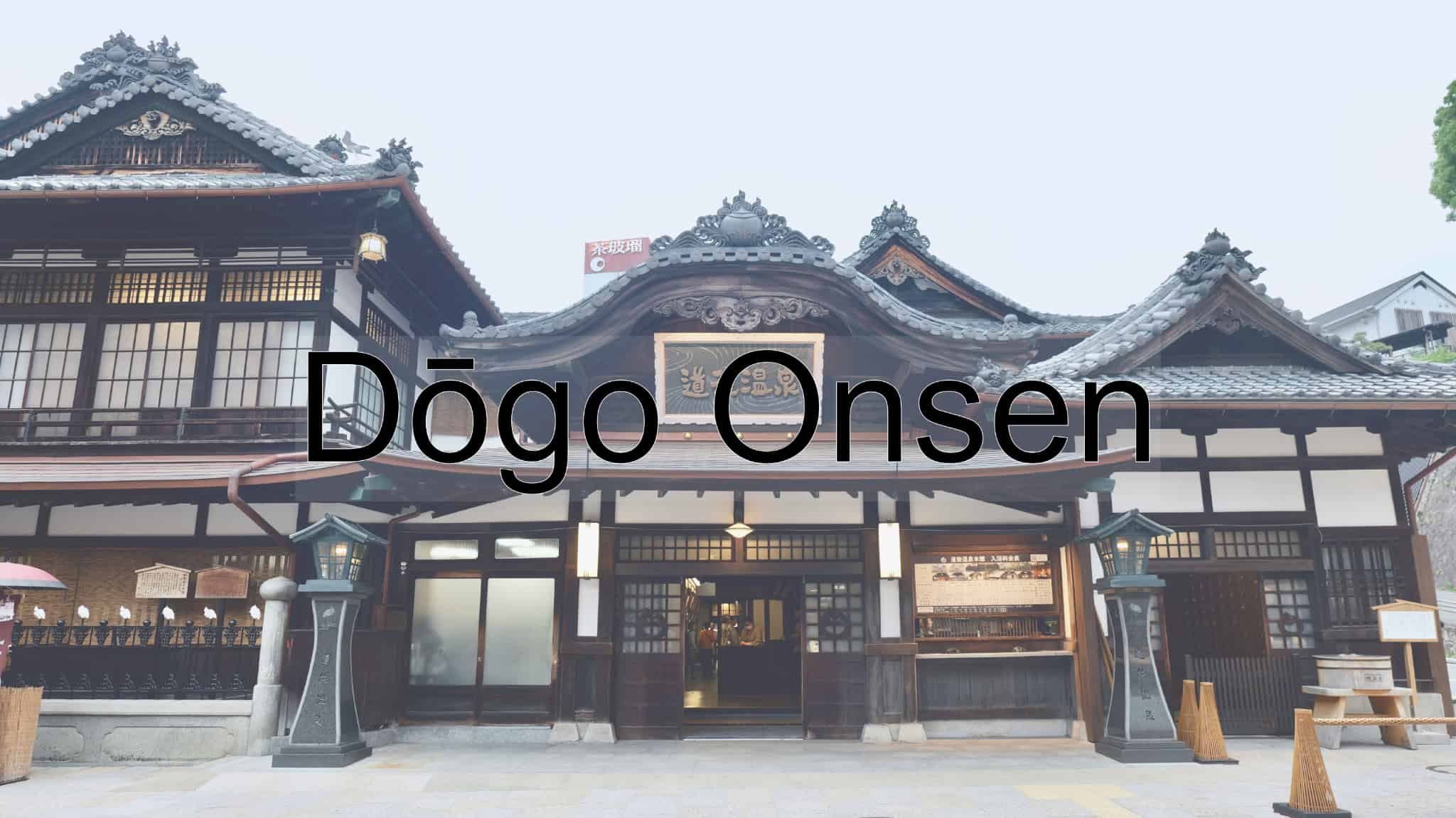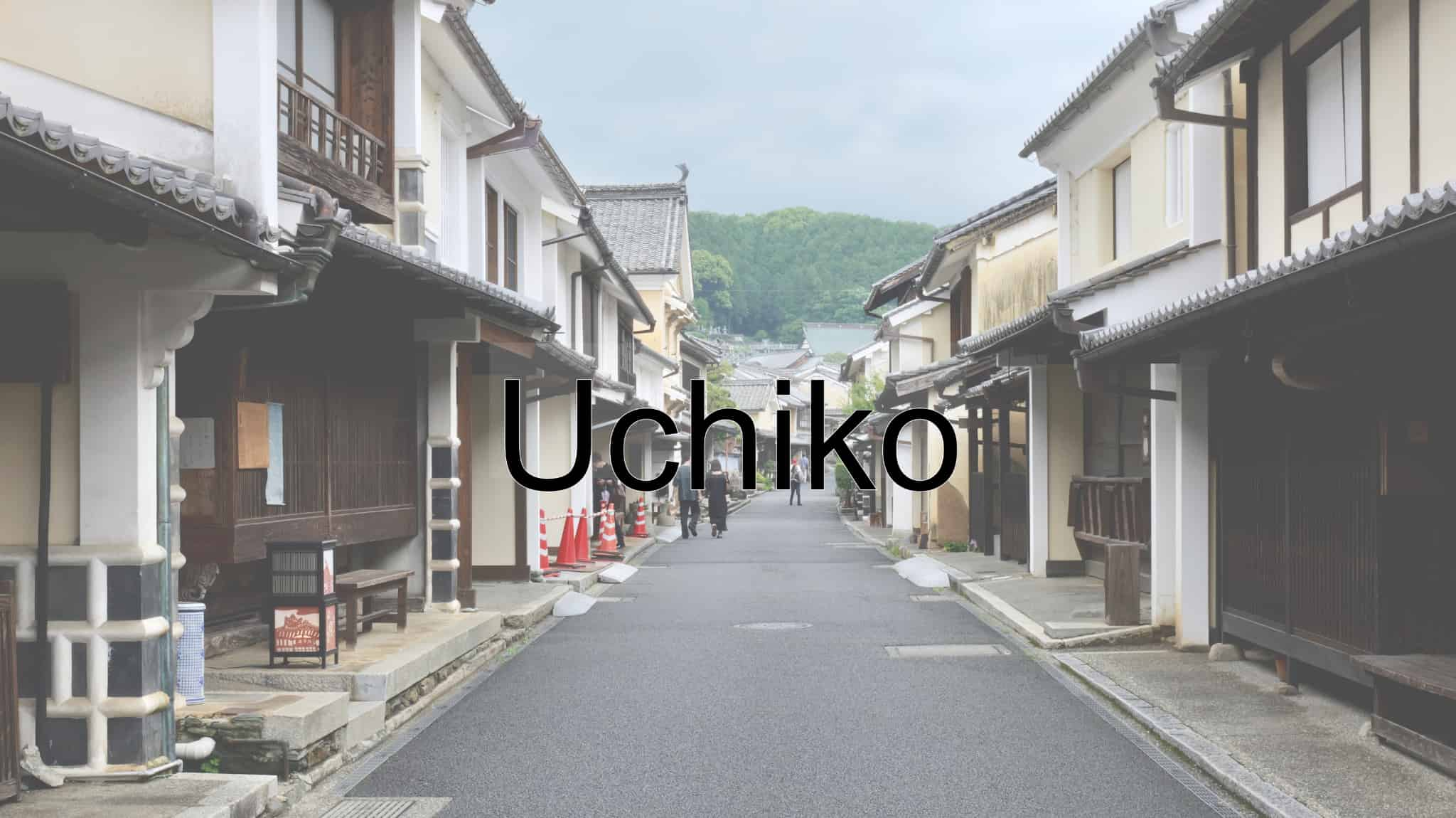Ehime Prefecture
Ehime Prefecture was once known as 伊予国 (iyo-no-kuni). There are many well-renowned specialty products from this prefecture, but (without a doubt) this is one prefecture that’s most notable for 温泉 (onsen—hot or boiling water that naturally gushes from beneath the earth). Matsuyama City is home to 道後温泉 (dōgo-onsen), Japan’s oldest onsen. With a unique design, this particular onsen inspired the bathhouse that appeared in the movie “Spirited Away” by the world-famous animation studio, Studio Ghibli. The main building of Dōgo Onsen was constructed in 1894, but the onsen itself is said to have (roughly) 3000 years of history behind it.
As mentioned above, Ehime Prefecture has many well-renowned specialty products. The most well-known of these products is (without a doubt) 蜜柑 (mikan—tangerine). There are several prefectures across Japan, such as Kagoshima Prefecture and Wakayama Prefecture, where tangerines can be found. However, when most people think of tangerines, they associate them with Ehime Prefecture. This is because this particular prefecture is said to be the best environment across Japan for them to grow. It’s a warm climate and is a great area for agricultural drainage (being able to remove excess water from crops). Ehime Prefecture also boasts the highest production of 中晩柑 (chūbankan) tangerines than anywhere else in the country. In many of the tourist spots across Ehime Prefecture, there are stores where one can try juice made from a variety of different tangerines. It may all be the same juice, but there’s a clear difference in flavor depending on the type used. Some tangerine juice has more acidity than others, and some are sweeter.
Ehime Prefecture is also well-known for its “Imabari Towel”. Starting in 1894, these towels have been made in the city of Imabari. These are high-quality towels that are very popular across Japan. Not only are there many stores in Ehime Prefecture where one can buy these towels, but one can even learn about the soft and absorbent towels at the Towel Museum in Imabari City. With a variety of different makes, there’s one for everyone.
The appeal of Ehime Prefecture isn’t just in its locally made products. There’s also food that originated in this prefecture. When most people think of うどん (udon—usually thick white noodles made from flour, salt, and water), they (most likely) think of Kagawa Prefecture and Fukuoka Prefecture (where udon originated). Believe it or not, Ehime Prefecture is also home to udon. This is where a dish known as 鍋焼きうどん (nabe-yaki-udon) originated. First made in Matsuyama City, this udon is different from other varieties, as the soup stock and other ingredients in this dish aren’t cooked separately; they’re all boiled together in the same pot. Originally cooked in an aluminum pot, a variety of pots are now used to make this dish. This dish is now found across Japan and is a great way to warm up on a cold winter day.
Ehime Prefecture is also home to several towns with many traditional buildings lining the streets. One of those towns is the town of “Uchiko”. Here, many houses date back to the Edo period (1603-1868). This traditional scenery is becoming increasingly rare across Japan; it’s a treat to wander around a town like this. Some of the biggest attractions in Uchiko are the 内子座 (uchiko-za), a Kabuki theater that opened in 1916, and the 旭館 (asahi-kan), a movie theater that opened in 1925. Several traditional buildings have been renovated into stores selling local crafts and various cafes. These stores allow one to look inside, with many of these buildings being beautifully preserved. Uchiko is also a town known for producing a type of Japanese wax used to make traditional Japanese-style candles. Though the number of stores is dwindling, there are still some stores in the area that specialize in these candles.
Unlike other prefectures in the Shikoku region, Ehime Prefecture doesn’t require a car to sightsee. This is a prefecture that’s easy to get around via public transportation, and, as mentioned above, being home to many traditional crafts, it is a prefecture where one will (undoubtedly) want to do some shopping. With traditional Japanese towns, this is one part of Japan that particularly those with an interest in traditional Japanese culture and history will adore. This is a must-visit prefecture when in Japan.

